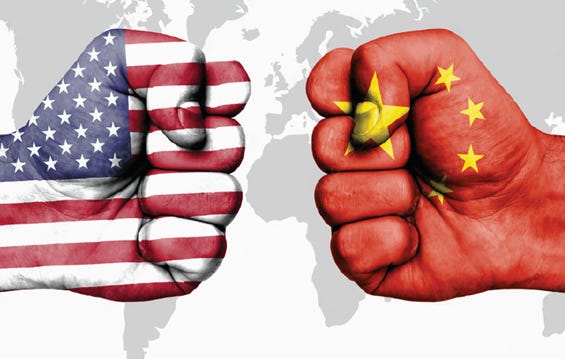Re: Geopolitics/Demographics/Inflation - The Great Power Competition Between US & China.
On May 11, 2023, I chaired a private event discussing this globally important topic with a panel of experts. This is a synopsis of that event, with Chatham House Rules applied (Peter Zeihan excepted).
Introduction
As a child of parents who fled from China to Taiwan in 1949 and then immigrated to the United States, you could say that I’ve been following the topic of US/China/Taiwan relations closely my entire personal and professional life. The global impact of this Great Power Competition on everything from global supply chains, energy flows, and even…
Keep reading with a 7-day free trial
Subscribe to Kaoboy Musings to keep reading this post and get 7 days of free access to the full post archives.


